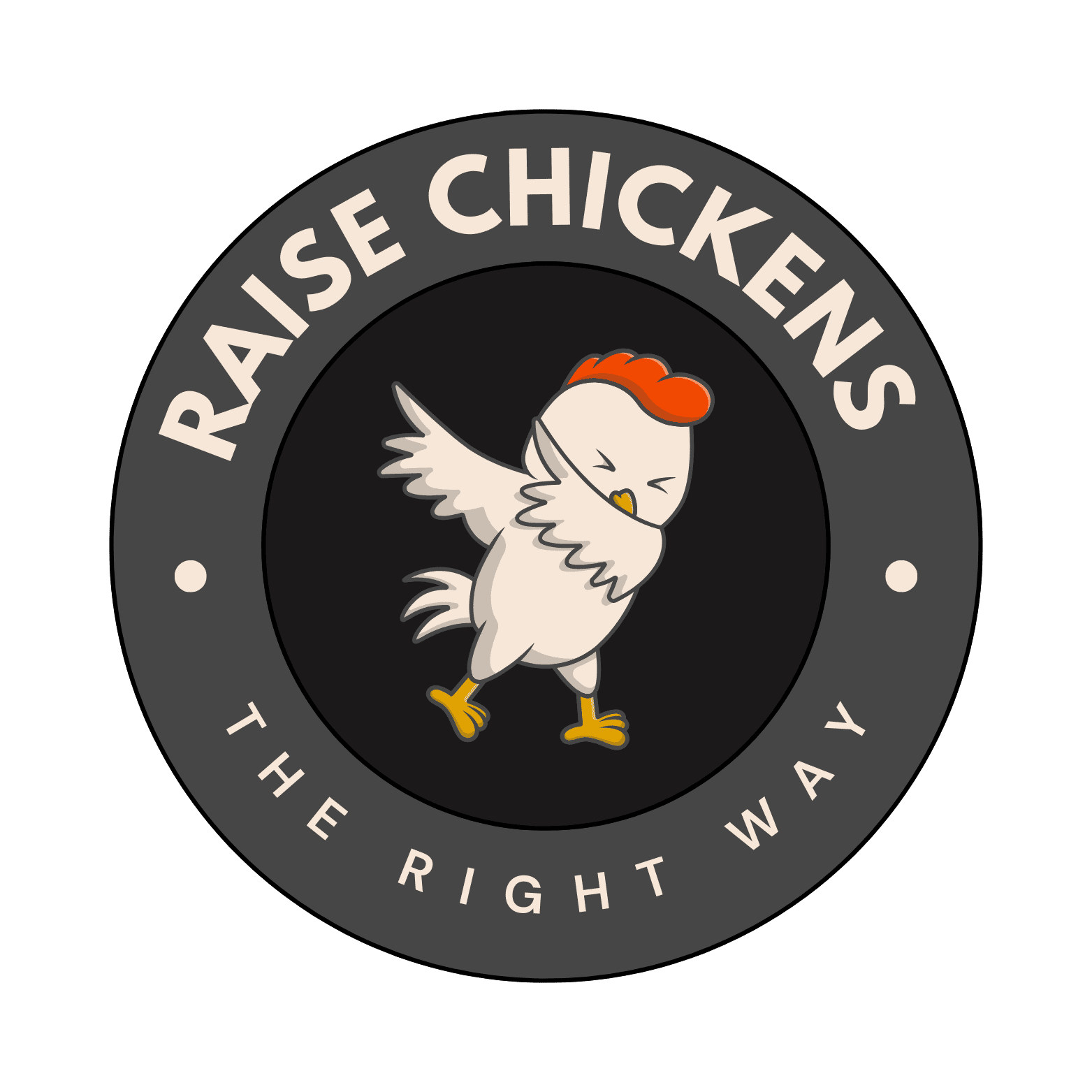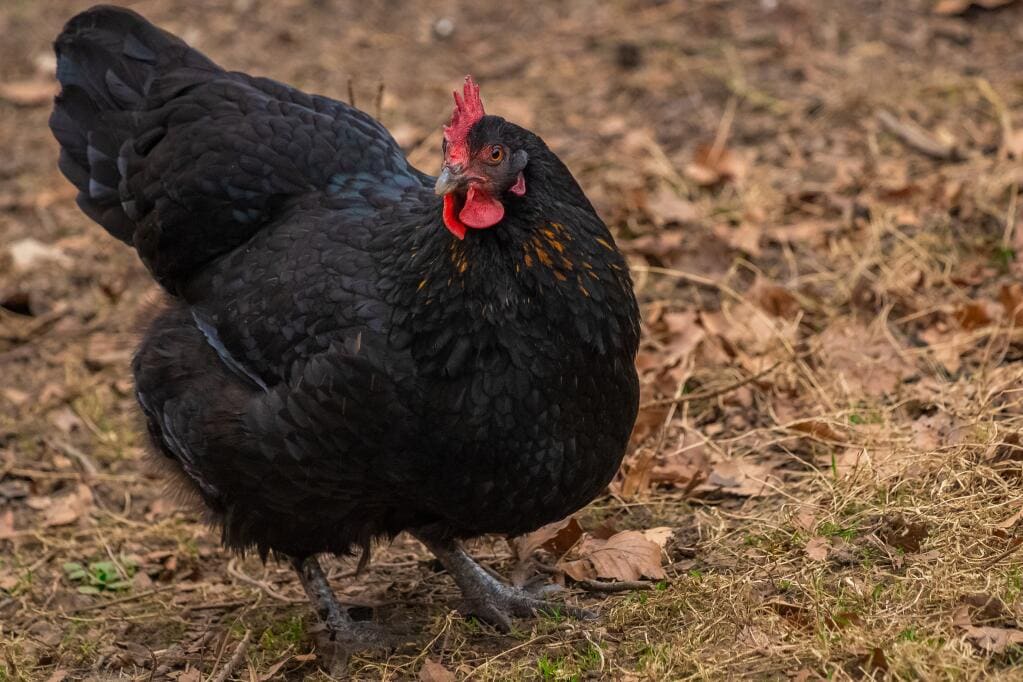The Australorp, a chicken breed native to Australia, has garnered significant attention both domestically and internationally, thanks to its dual-purpose nature and hardy temperament. Despite being a fairly recent entrant to the chicken world, it has already established a legacy. This article explores the history, characteristics, and practicalities of raising Australorps, answering some of the most commonly asked questions about the breed.
A Glimpse into the History of Australorp Chickens
Australorps are not just another breed of chicken; they’re an emblem of Australian ingenuity. Born out of necessity and developed for both egg-laying and meat production, they represent a breed truly designed for the Australian environment. Their name, a contraction of “Australian black Orpington,” provides insight into their lineage.
In the early 1900s, Australians imported William Cook’s Orpingtons to meet a burgeoning demand for dual-purpose chickens. However, mere importation wasn’t enough. Farmers and breeders wanted a bird acclimatized to the Australian environment, and so, breeding experiments began. The native Rhode Island Reds, Minorcas, White Leghorns, Langshans, and even Plymouth Rocks were crossbred with Orpingtons.
The result was a bird of unparalleled egg-laying abilities. In 1922-23, six Australorp hens etched their names in history, laying an astonishing 1,857 eggs in 365 days—an average of 309.5 eggs per bird. Their performance drew global attention, and Australorps became a point of national pride. However, despite their success, the mid-20th century saw a decline in their popularity, which has fortunately reversed in recent years. They are now a recovering breed, earning affection and admiration from both large-scale poultry farmers and backyard chicken enthusiasts alike.
Physical Traits and Breed Standards
Australorps are fascinating not only for their utility but also for their majestic appearance. While recognized mostly in their black avatar by the American Poultry Association, they have diversified in color, especially in Australia, where blue and white variants are officially recognized.
Regarding their physique, Australorps are robust birds with a muscular build. Adult roosters can weigh up to 10 pounds, and hens can weigh up to 8 pounds. Their upright stance and high tail carriage exude an aura of regality.
Their eyes, a shiny jet black, contribute to their captivating appearance. Their beak is typically dark, complementing their soft, close-fitting feathers, which come alive with a beetle-green iridescence when kissed by sunlight. The breed standard calls for legs that are clean of feathers and either black or slate blue. Their red comb is another distinctive feature, always upright and ideally with no more than seven points.
| Characteristic | Information |
|---|---|
| Origin | Australia |
| Lifespan | Typically 6-10 years |
| Friendly for beginners? | Highly recommended |
| Primary Use | Egg Laying, Meat |
| Weight (Female) | 6-8 lbs |
| Weight (Male) | 8-10 lbs |
| Egg Color | Light Brown |
| Egg Size | Medium |
| Eggs Per Year | Around 250 |
| Temperament | Friendly, Calm |
| Broodiness | Moderate |
| Climate Tolerance | Adaptable to both hot and cold climates |
Are Australorps Friendly?
The initial reserve of the Australorps is but a smokescreen that hides their genuinely warm and friendly nature. Though they might appear shy at first, they soon display a remarkable degree of comfort around humans, especially if you’re the one who feeds them.
Their temperament is particularly well-suited for families with children. They’re non-aggressive, gentle, and tolerant of a child’s natural curiosity and enthusiasm. This makes them an excellent choice for school-based programs like 4H in the United States, where children learn to raise animals responsibly.
Egg Production and Laying Age
Australorps are the epitome of productivity when it comes to egg-laying. Their prolific output is legendary, with hens regularly laying around 250 light brown, medium-sized eggs per year. This amounts to approximately five eggs per week—a commendable feat by any standard.
The onset of egg-laying usually occurs when the hen reaches about 5 to 6 months of age. In controlled environments, where lighting and diet are meticulously managed, they can produce even more eggs. When it comes to incubation, Australorps generally show moderate broodiness, making them good nest sitters and attentive mothers. This quality adds another layer to their value as both commercial and backyard chickens. If you’re interested in learning more about the process, our comprehensive beginner’s guide to raising chickens provides detailed insights into the life cycle of a hen, including the most productive period of egg laying.
Australorp Hen vs. Rooster
The hens undoubtedly steal the spotlight with their extraordinary egg-laying capabilities, but the roosters shouldn’t be overlooked. Generally calm and composed, an Australorp rooster serves as a capable guardian of the flock. Their non-aggressive nature extends to humans, and they seldom show hostility unless they perceive a direct threat to their hens.


Adapting to Different Climates
What makes Australorps particularly endearing to poultry keepers is their ability to adapt to a variety of climates. They can withstand hot Australian summers as well as adapt to cooler climates. However, their beautiful but dense dark feathers necessitate some extra care during extreme heat. Always ensure that they have access to fresh water and shaded areas to help them regulate their body temperature.
Do They Lay in Winter?
Australorps have a reputation for being dependable winter layers. Many chicken breeds exhibit a significant decline in egg production during the colder months. In contrast, the Australorp’s robust constitution and thick plumage provide the thermal insulation they need to continue laying. Their resilience in colder climates adds another feather to their cap, making them a year-round asset.
What Are the Downsides?
No breed is perfect, and the Australorp is no exception. Their docile nature can sometimes be a disadvantage, especially when kept with more assertive or aggressive breeds. Furthermore, their dark plumage, while undeniably beautiful, can make them susceptible to heat stress and may also make them more visible to predators.
Lifespan
Australorps have a long lifespan compared to many other chicken breeds. They typically live between 6 to 10 years. However, longevity is strongly influenced by living conditions, diet, and healthcare. Vaccinations against common poultry diseases and regular veterinary checks can go a long way in ensuring a healthy, long life for your Australorps.
Other Considerations
Noise Level
Australorps are relatively quiet birds, which makes them ideal for urban or suburban settings where noise can be an issue. They’re usually content to go about their business with a minimum of fuss, clucking softly as they forage.
Flight Capabilities
Contrary to some other breeds, Australorps are mostly ground dwellers. They don’t have strong flying tendencies, which makes them easier to manage in an enclosed space.
Growth Rate
Australorps mature quickly, which is beneficial if you’re raising them for meat. Their fast growth rate and substantial body size make them an excellent choice for dual-purpose farming.
So, while this guide aims to cover the multifaceted nature of the Australorp, it’s clear that the only way to truly appreciate this remarkable breed is to experience them firsthand. Whether you are an expert poultry farmer or a beginner looking to start a flock, the Australorp offers a compelling package of benefits that are hard to overlook.
In Summary
Australorps offer an array of qualities that make them stand out: high egg production, friendliness, adaptability, and more. Whether you’re a seasoned poultry farmer or a novice looking to start a backyard flock, Australorps are a reliable and rewarding choice. With minimal cons and a plethora of pros, this Australian wonder continues to win hearts and fill egg baskets around the globe.
So, what are you waiting for? Add an Australorp to your flock today, and you won’t be disappointed. If you already own Australorps, we’d love to hear about your experiences in the comments below.




Leave a Comment